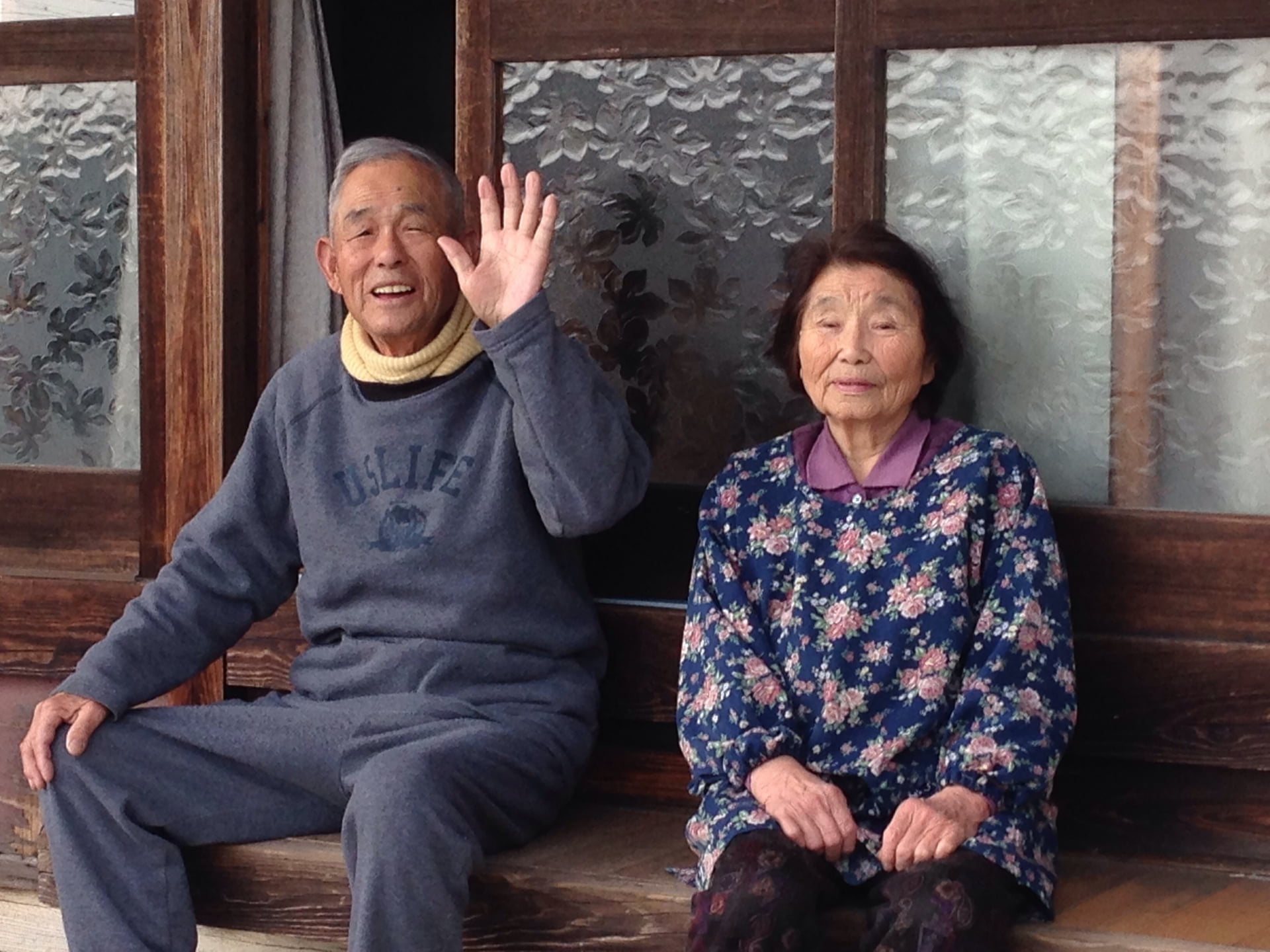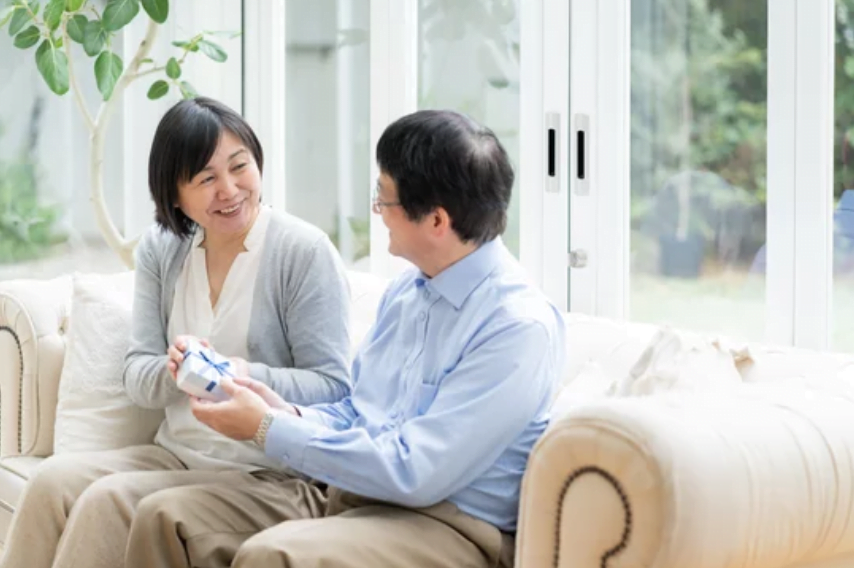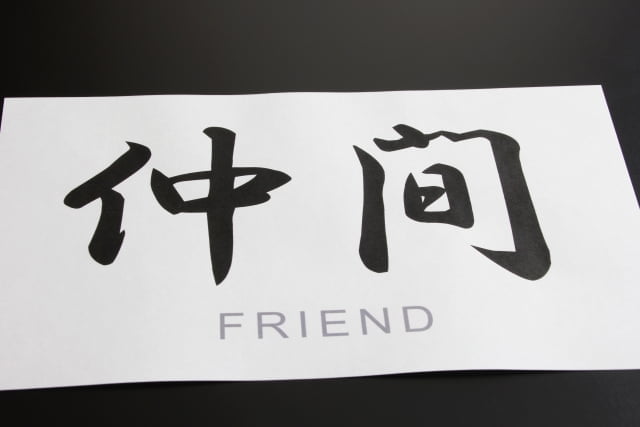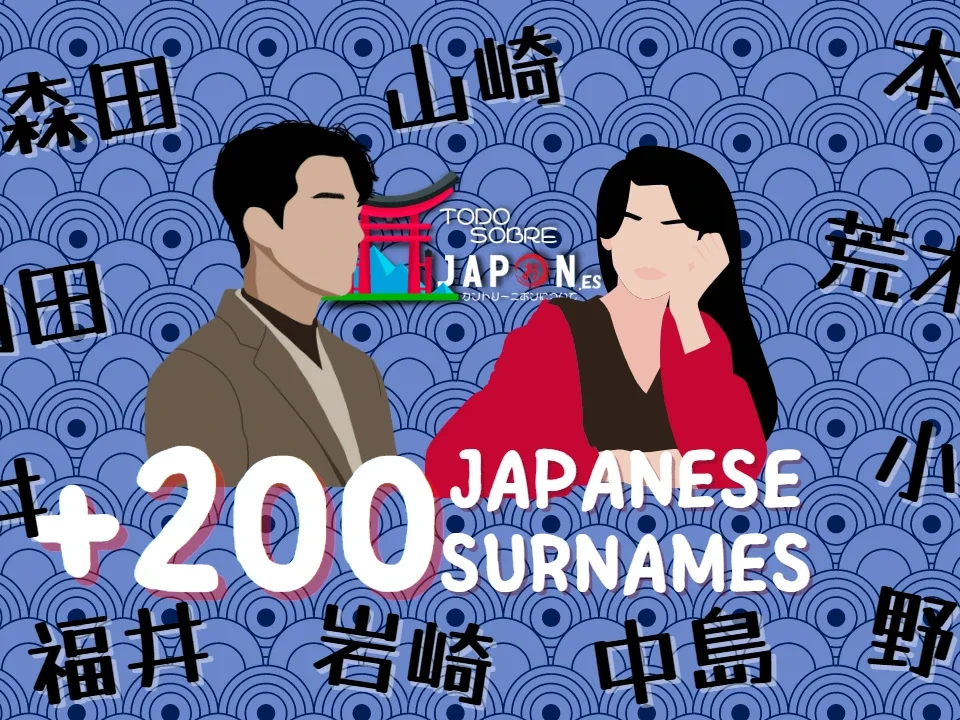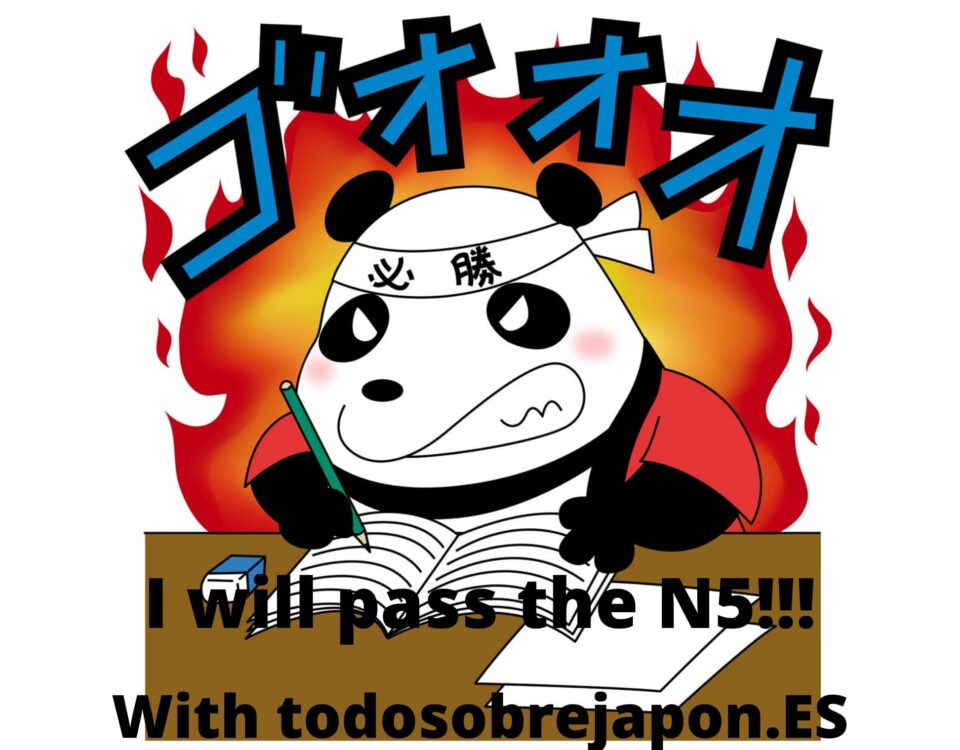Let’s start with these new step by step lessons, in this one we will learn Japanese greetings and Japanese expressions.
Phrases when you meet someone Japanese | Hello in Japanese
When you meet or leave someone, the first thing to do is to say hello in Japanese:
- Hello (こんにちは Konnichiwa).
Pronounce “n” and “ni” separately. It is something like “kon-nichiwa”.
- Good morning. (おはよう ございます Ohayō gozaimasu).
The last vowel “u” is not pronounced clearly. It is like “gozaimas”.
Informal good morning style: ( おはよう Ohayō).
- Good evening. (こんばんは Konbanwa).
It is used at the beginning of the conversation, not at the end.
- Good night. (おやすみなさい Oyasuminasai).
Informal good night style: (おやすみ Oyasumi).
- Goodbye. ( さようなら Sayōnara).
In general, it is used when people are not going to see each other for some time, not to say a see you tomorrow.
Informal style of goodbye in Japanese: Sayonara. (short ‘o’ after ‘y’).
How to say see you in Japanese | How to say see you tomorrow in Japanese
Let’s see how to say see you in Japanese or how to say see you tomorrow in Japanese:
- See you around. (でわ また Dewa mata).
- See you tomorrow. ( でわ また 明日 Dewa mata ashita).
- See you next week. (でわ また 来週 Dewa mata raishū).
- dewa: well, now more or less, well
- mata: again
How to say thank you in Japanese | Saying thank you in Japanese
Let’s see how to say thank you in Japanese, or when thanking or apologizing to someone.
- Thank you. (ありがとう ございますArigatō gozaimasu). Last vowel “u” is not pronounced gozaimas(u)
- Thank you very much. (どうも ありがとう ございます Dōmo arigatō gozaimasu).
- Thank you. (past) (ありがとう ございました Arigatō gozaimashita). (When you say thank you for everything that has been done so far or for something that has already happened).
- Thank you. (どうも Dōmo).
Dōmo arigatō gozaimasu.: Used to emphasize.
Arigatō gozaimashita.: To thank for something in the past.
Dōmo.: To thank you for a small favor.
Informal style: (ありがとう Arigatō).
- You are welcome. (どういたしまして Dōitashimashite).
- Do not mention it. (いいえ iie).
iie. (literally meaning “No”) can also be used with the rising accent if it is no big deal.
- Excuse me. (すみません Sumimasen). It is used when talking to someone, and to apologize for small faults (I’m sorry).
- Yes. (はい Hai). Hai can be used to answer someone’s call.
PRESENTATIONS IN JAPANESE: HOW TO INTRODUCE YOURSELF TO A JAPANESE PERSON
Apologizing in Japanese | Saying sorry in Japanese
Let’s see how to apologize in Japanese or ask for forgiveness in Japanese:
- Sorry. (ごめんなさい Gomennasai).
- Sorry. (どうもすみません Dōmo sumimasen).
- Don’t be sorry. (いいえ iie).
- Sorry (どうも すみません Dōmo sumimasen). Also used. It sounds more polite.
In response, you can use いいいえ iie. if it’s not a big deal and Doiteshimashite どいてしまして if it caused you some trouble or has cost you some effort.
WHAT DOES OTSUKARESAMA DESHITA MEAN
What to say before eating in Japanese | Japanese food phrases | itadakimasu
Let’s see what to say before eating in Japanese, or some food phrases in Japanese: When you start or finish eating:
- (before lunch) (頂きます Itadakimasu).
Literally means “I accept (the food)”. It is used when you start eating as a signal “Let’s get started”.

You can say this to the person who invites you to the meal.
- (after lunch) (ごちそうさまでした Gochisōsamadeshita).
Literally means “It has been a wonderful feast”. It is used when you finish eating.
You can say this to thank the person who has treated you to the meal. In this course, all Japanese words and phrases are shown in Rōmaji (Roman alphabet) and kana (hiragana katakana) and Kanji.
Basic rules of Japanese | How to address a person in Japanese
How to address a person in Japanese: How to address a person in Japanese: In general, “san” is added after the last name.
- HOW TO USE JAPANESE HONORIFICS : “san” is like Mr., Mrs. or Miss.
For example, Tanaka-san is Tanaka-san. But for foreigners (Westerners), people add san after first names, such as Paul-san or Richard-san.
Except in the case of close relatives, people address almost everyone with san, if you want to see how to use it well look at the link I left above about Japanese honorifics…



